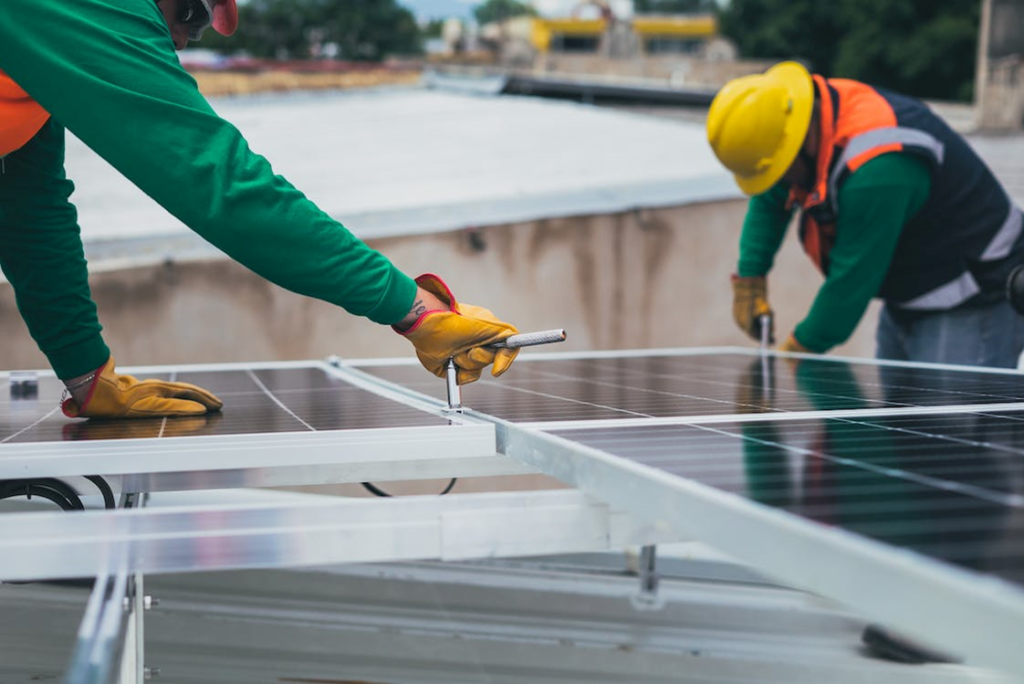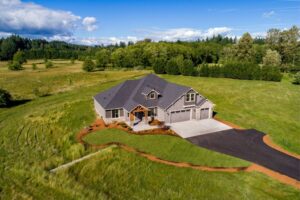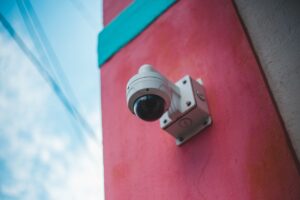STARTING YOUR SOLAR FARM BUSINESS
If you take a stroll around town, you might notice that more and more homes are sporting those amazing, blue solar panels. Beyond the town’s boundaries, there might be a larger group of panels collectively known as solar farms. When you can have a farm, why bother with panels? You will have everything you need to start a solar farm project after reading this article.
Rows of ground-mounted solar panels make up solar farms, which have the same futuristic appearance as silos, barns, and cornfields but are more common in rural areas of the United States. However, their output can be evaluated in terms other than only money. Solar farms help power towns, assist utilities in producing as much electricity as possible, lessen environmental waste, and revitalize agricultural land. While these farms don’t raise livestock or grow crops, they do gather the sun, and to operate, they must adhere to certain solar farm rules and specifications.
Check out these beautiful properties for sale in Virginia and North Carolina where you can build your solar farm business!
The Operation of Solar Farms
Solar panels are used in solar farms to produce power from sunshine. The semiconductors inside the solar panels are turned on by the sun’s rays, which causes the panels to start producing electricity.
The Components of Solar Farm
Solar farms are made up of solar panels, racking or mounting systems, cables, inverters, a method of transferring converted energy to the electrical transmission grid, and—in some cases—energy storage equipment. Here is a breakdown of each of these components:
- Solar Panels
One of the components of a solar farm that is most obvious is the solar panels themselves; they cover the open space, absorbing the sun’s rays and converting them into electricity. Solar panels can be classified as either monocrystalline, polycrystalline, or thin film. You should weigh the advantages and disadvantages of each when deciding whether to go solar.
- Mounting Mechanism
For solar panel farms, there are four mounting options that vary based on the location, topography, and climate zone. The various solar panel mounting, and rack solutions are broken down as follows:
- Inverters
Without going too technical, solar panels provide direct current electricity (DC). However, alternating current (AC) electricity is the source of power for most devices. An inverter can be used in this situation. For use by the grid, inverters convert DC electricity into AC electricity. Inverters come in a variety of sizes and shapes. The key to choosing the best one depends entirely on the output of your solar farm system.
- Substations and Power Lines
In addition, you will require power lines from your home to the substation, which belong to the utility company. There’s a good chance that you’ve seen a substation if you’ve ever driven past a fenced-in building that appears to be an odd cluster of metal and power lines. Depending on the situation, these stations convert voltages from high to low and from low to high.
- Device for Storing Energy
You should have an energy storage device on hand if you intend to store extra energy rather than give the extra electricity to the utility company. The typical component of this is a battery bank. To convert the DC electricity stored in the battery to AC, you might also need specialized inverters.
WHY START YOUR OWN SOLAR FARM?

Owning a solar farm is a fantastic use of land. By providing communities with access to inexpensive electricity, they assist the development of clean energy goals. Furthermore, leasing out your land for solar farm use is still an option even if you lack the necessary skills to construct or run a solar farm yourself. That’s still an excellent method to benefit the environment and make money.
- They are a source of clean energy.
- They reduce emissions, hence lowering your carbon impact.
- For renters or homeowners who don’t have enough room for solar panels, solar farms are a terrific option.
- They are cheaper per watt than household solar systems
- Depending on the efficiency of your equipment and climate, solar farms have a high ROI
Things to Consider Before Building a Solar Farm
Keep the following advice in mind before beginning a solar farm project to achieve the best return on your investment:
- Consider the site’s location. You don’t want unforeseen costs like clearing the land, lengthy delivery to the location, being far from the grid, or even shadows thrown by mountains to affect your budget.
- Look up solar-power companies. Many solar farms are leased by solar businesses, so check the fine print and consult a lawyer before signing a leasing agreement to be safe.
- Understand your neighbors. Before constructing a solar farm, make sure your community wants to transition to solar energy in order to determine the most precise size.
- Climate affects us. If you choose a low-efficiency solution like thin-film panels, your environment might not produce large earnings. Consider the efficiency level you require to choose the most cost-effective panels and rack solution.
- Your project’s soil condition may also be a factor. Developing a solar farm on rocky, uneven soil is a recipe for disaster. You don’t want dirt that is too rough to dig into for the installation of the rack, nor do you want land that dips in the middle.
- Abide by the law. Solar farms are a significant undertaking. As a result, you should make sure you’re abiding by the law by getting permits and licenses in advance.
- Tax credit for solar investment. A 26% tax credit offered by the U.S. Department of Energy to boost renewable energy is valid through 2022. In 2023, the credit increases to 22%, and it expires in 2024.
Building a Solar Farm

Installing a solar farm requires a lot of steps, and you don’t want to fall into a pothole. It’s like strolling down a twisting road. To keep on course, look at these solar farm installation stages.
1. Find a Solar Company
A solar farm is a significant, protracted project that needs experts to do it properly. But not all professionals are created equal. To avoid bargains that appear too good to be true, conduct an online search for a solar panel company in your area and check out reviews, ratings, testimonials, and qualifications. To get a decent notion of their levels of experience, it’s a good idea to give at least three reliable solar panel installers a call and ask for information about solar farm projects they’ve recently finished.
A solar developer will survey your property after you’ve decided on a solar provider to make sure the site is reachable by utility grid and has access to water. once the solar developer determines that your land is suitable.
Check out these solar companies in Virginia and North Carolina!
2. Development
While the construction of solar farms only takes a few months, you can find yourself eagerly awaiting siting and approval. Because solar farms are subject to reviewal procedures by federal, state, and municipal regulators to ensure there are no significant environmental problems, the permit process is complicated.
To begin the project, the solar company you choose must submit a thorough construction plan and even test out environmental studies with potential solutions in case problems arise. Three to five years may pass during this process.
3. Operations
You can start producing energy, selling and distributing electricity to the grid and the neighborhood after your solar farm is fully completed.
—
Are you all set to launch a solar farm?
Solar energy will soon displace fossil fuels as the renewable energy sector quickly grows.
Start investing in this sector now!
Check out these beautiful properties for sale in Virginia and North Carolina where you can build your solar farm business!





